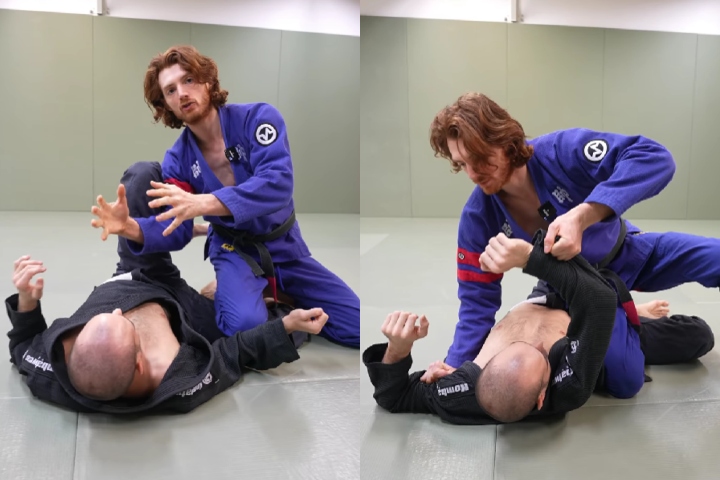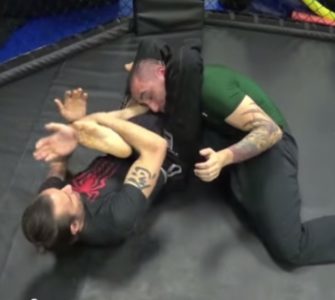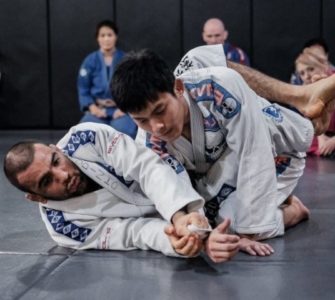When you’re a BJJ white belt, it’s easy to get confused by the sheer number of techniques and possibilities in Brazilian Jiu-Jitsu. And Open Guard passing is no different; how you’ll approach the pass depends on a multitude of factors – such as body positioning of your training partners, the grips you (and your training partner) have, their flexibility… Therefore, it’s easy to get discouraged.
However, if you choose to focus on concepts a bit, rather than just on techniques, you’ll have an easier time wrapping your head around guard passing. Jon Thomas explains a few basic concepts below.
OPEN GUARD PASSING CONCEPTS FOR BJJ WHITE BELTS
Professor Thomas first explains that you need to understand that all passes end in a chest-to-chest position, which can be established once you clear the opponent’s frames (legs and arms). Therefore, you’ll need to engage with your opponent; you can’t stay “too safe” (too far away) from them. If you do, they might not be able to attack you, but you won’t be able to attack them either.
Also, you’ll need to get in the habit of analyzing the training partner’s body positioning. How they position themselves, as well as how they react to your passing attempts, will greatly influence your Open Guard passing success.
For example, if they’re flat on their back and their knees are close to their chest, you can go for a Toreando Pass. However, if your training partner’s legs are out and wide, then opting for a Knee Slice might be a better option.
A mix between the two – legs up high and knees towards the chest – will probably ask for a Stack Pass… Watch the video below to get more of a sense so as to what you’ll need to do when passing Open Guard:

















